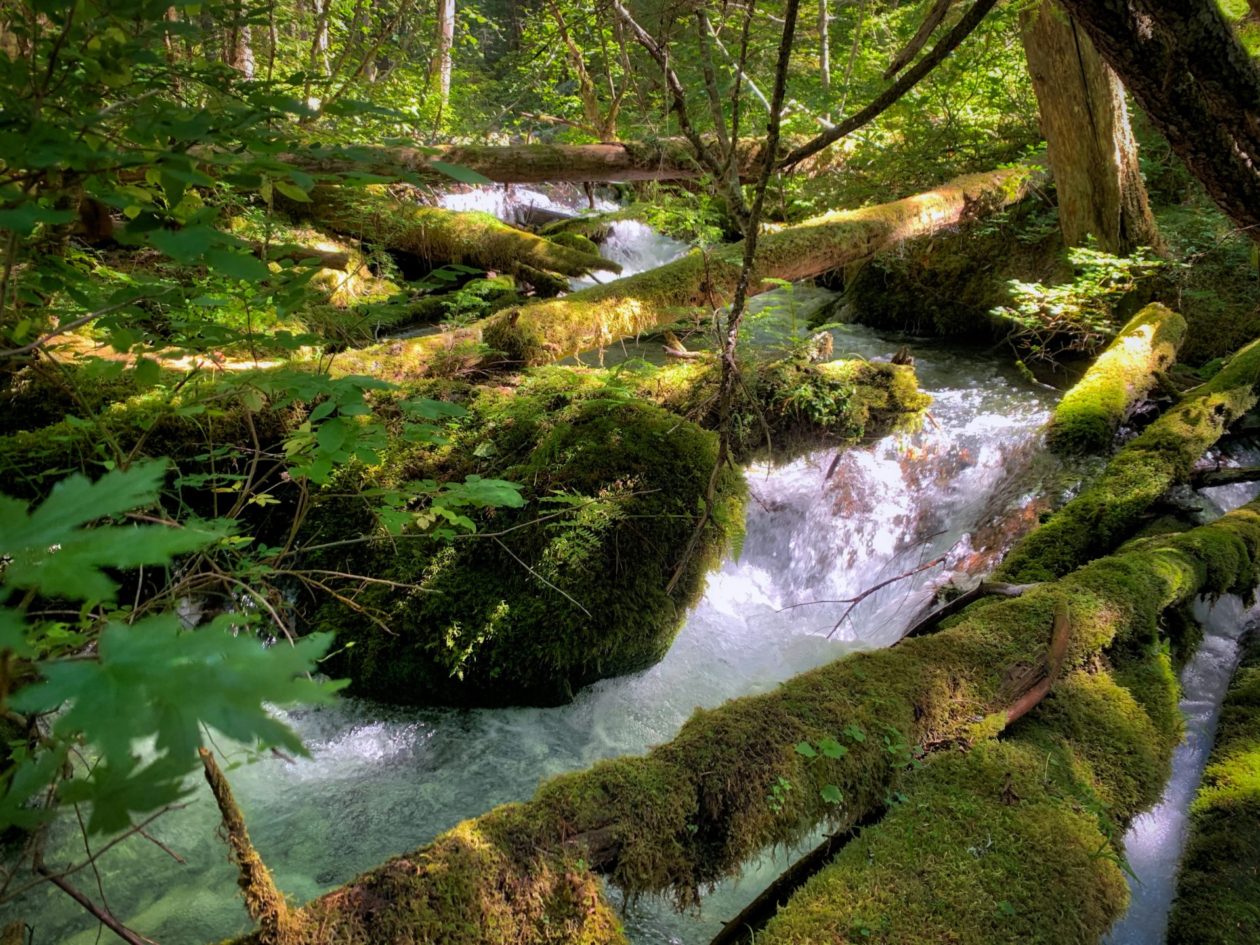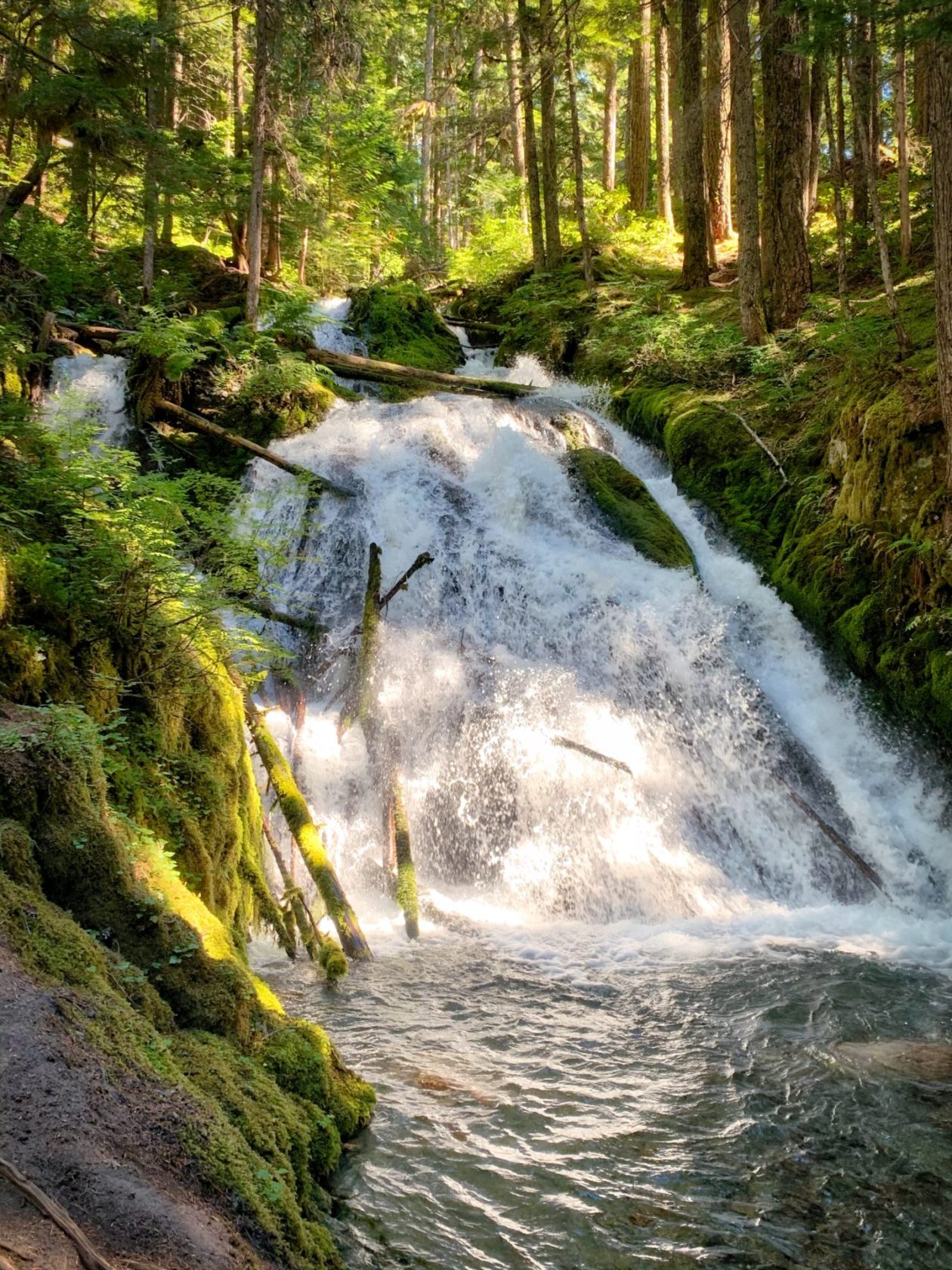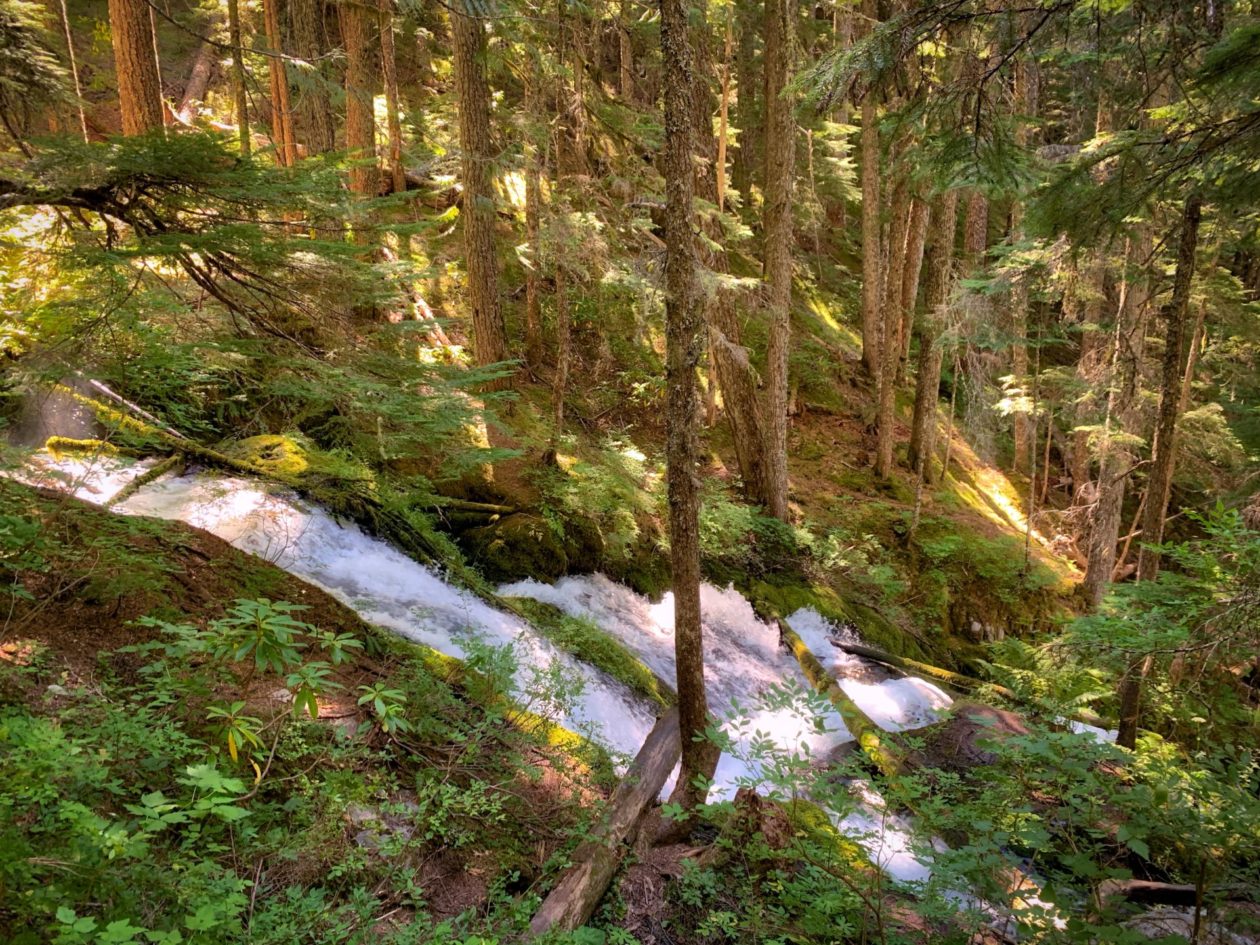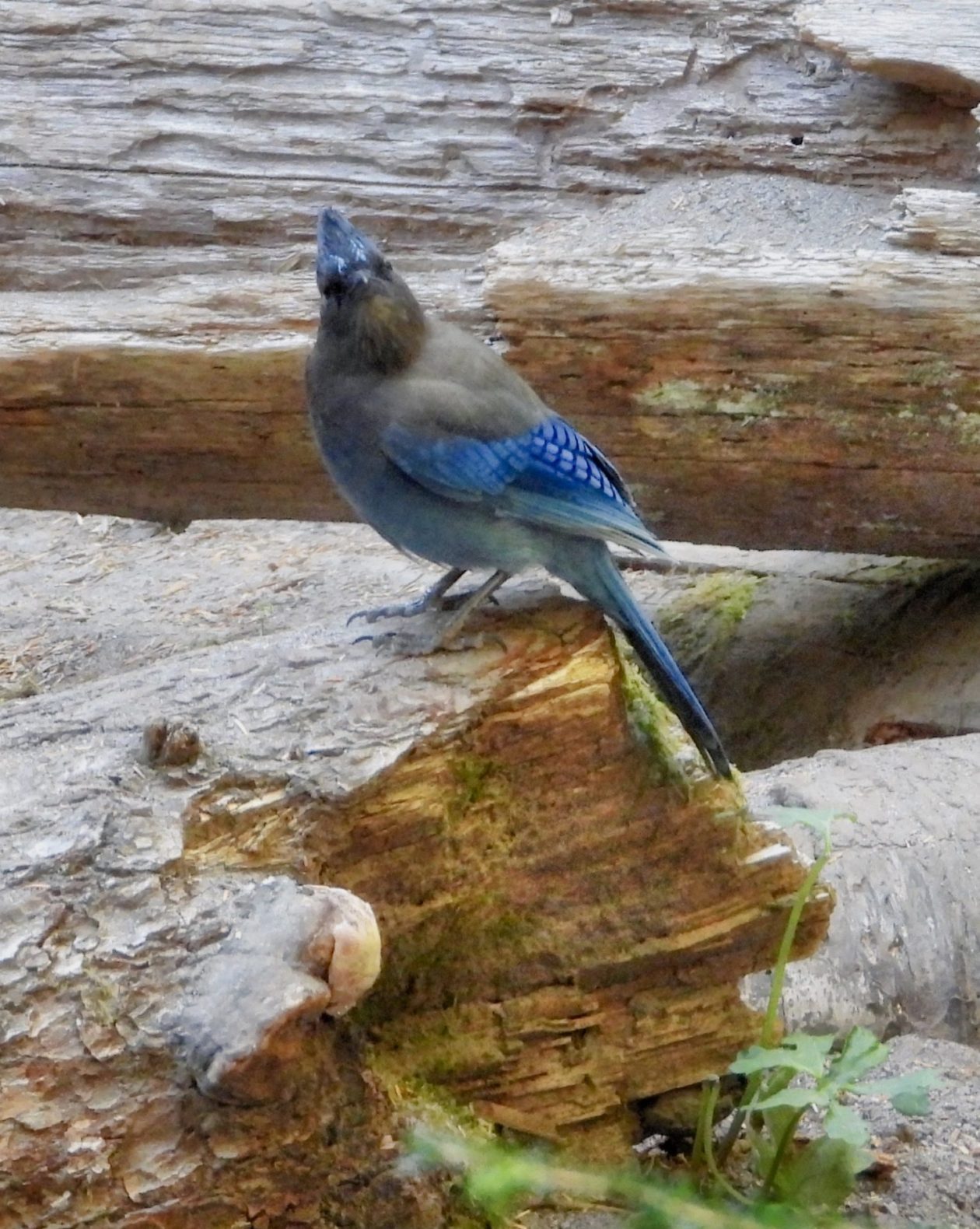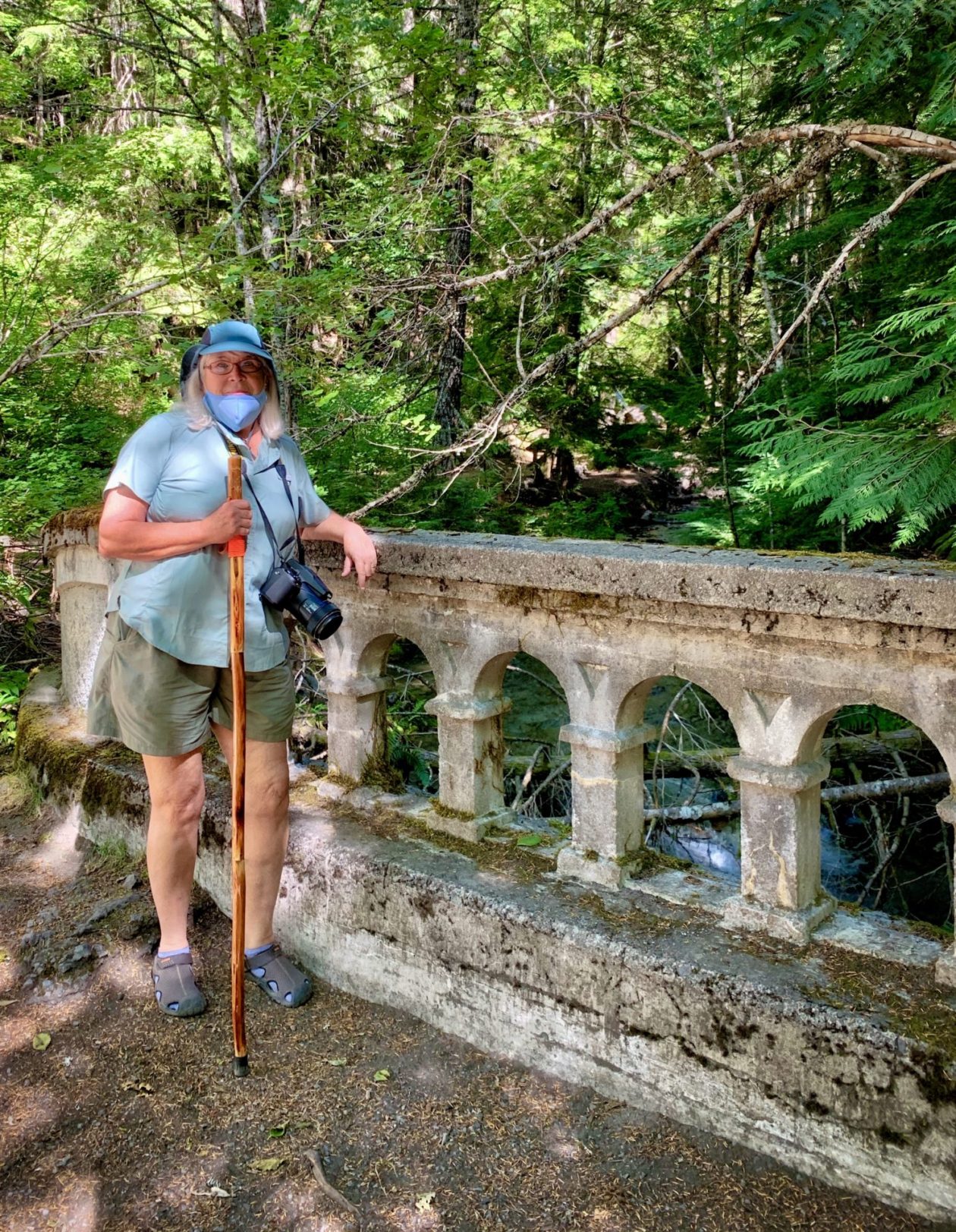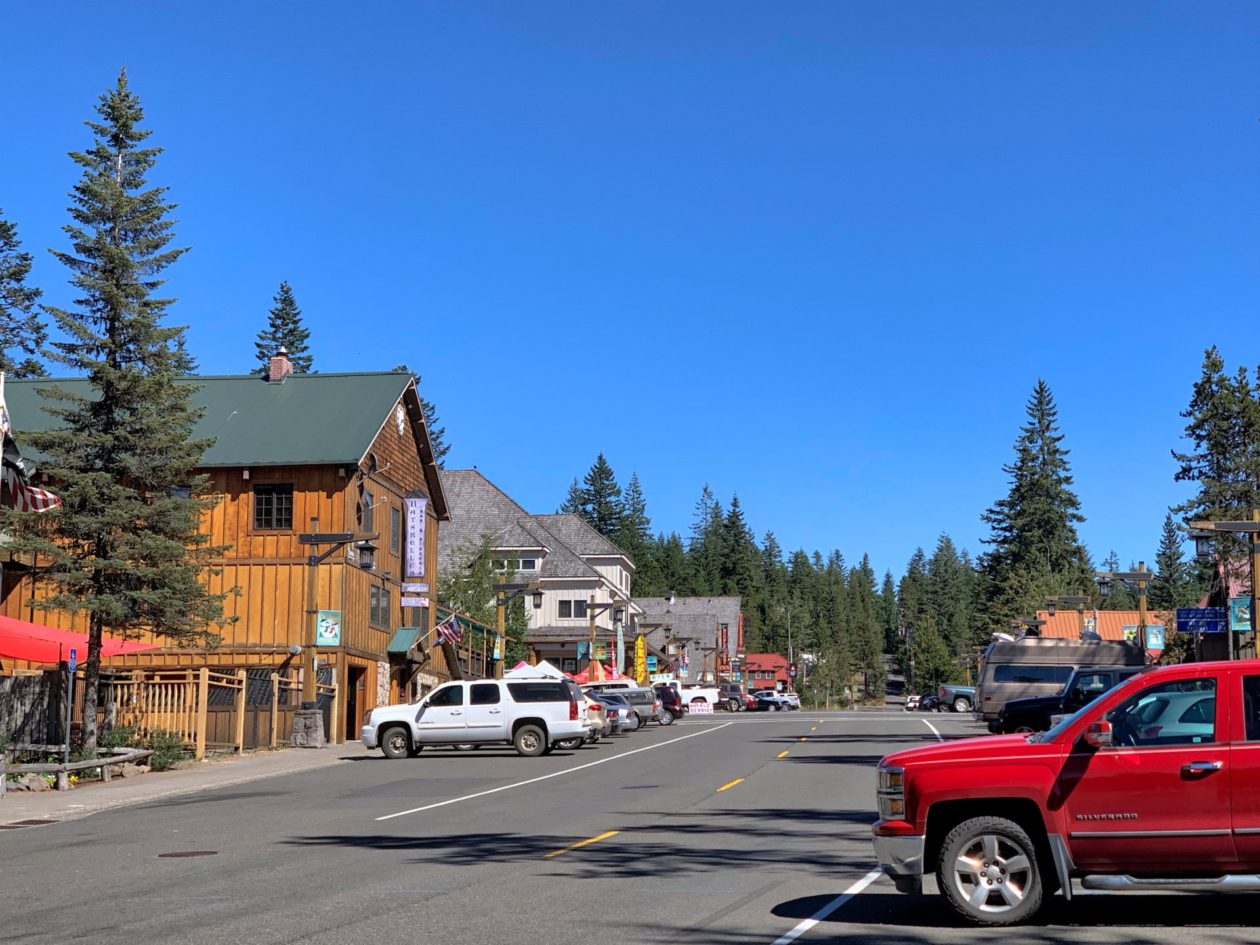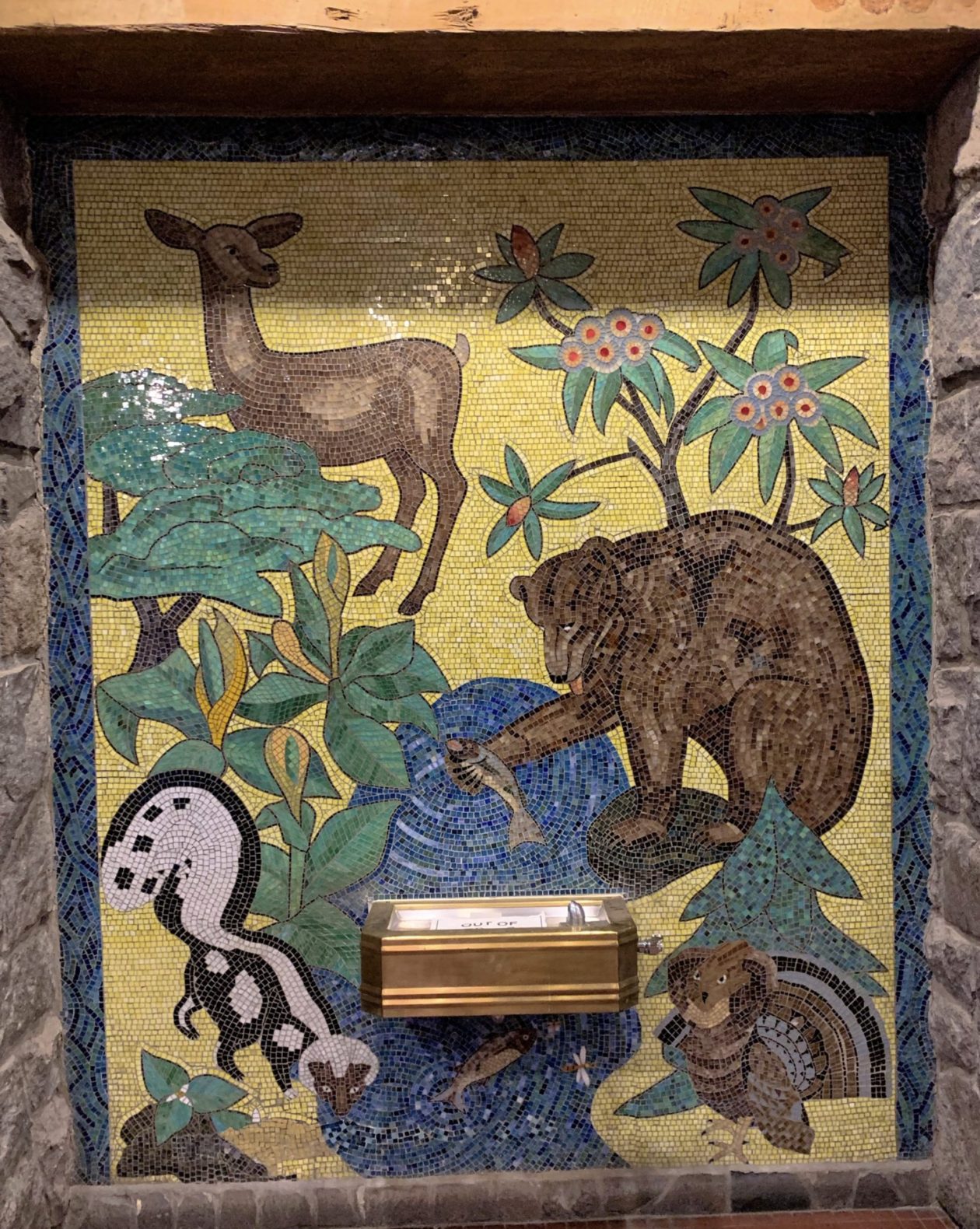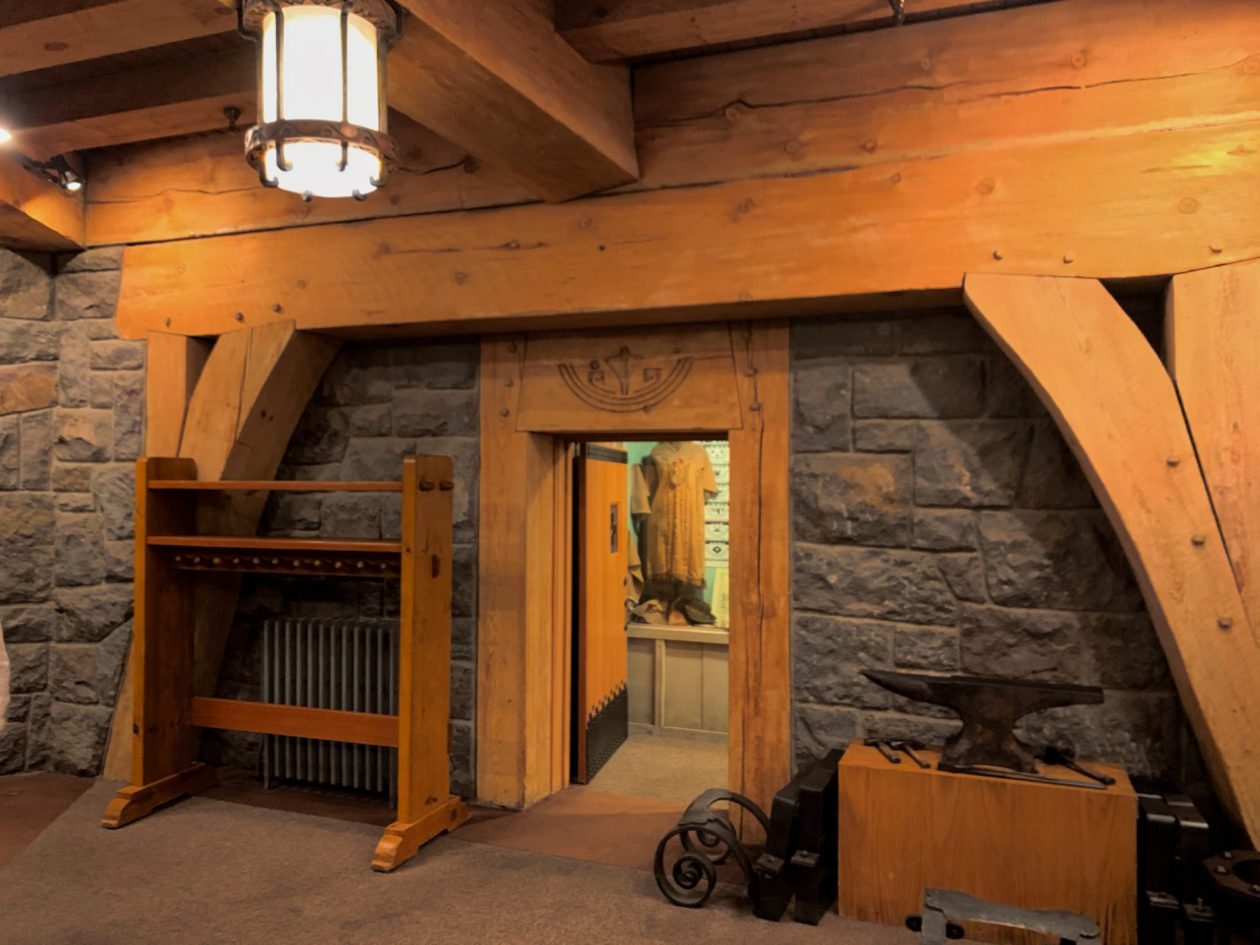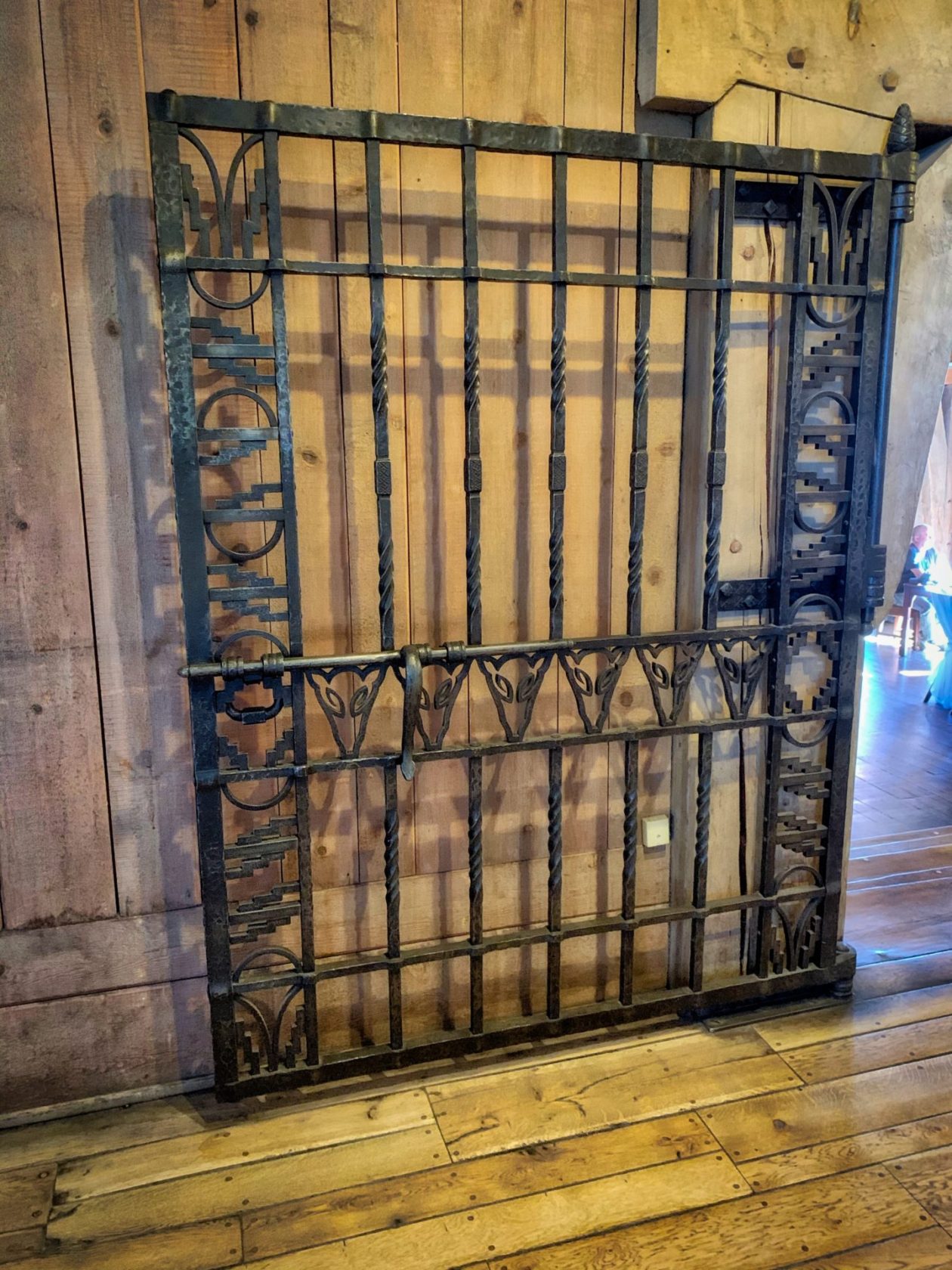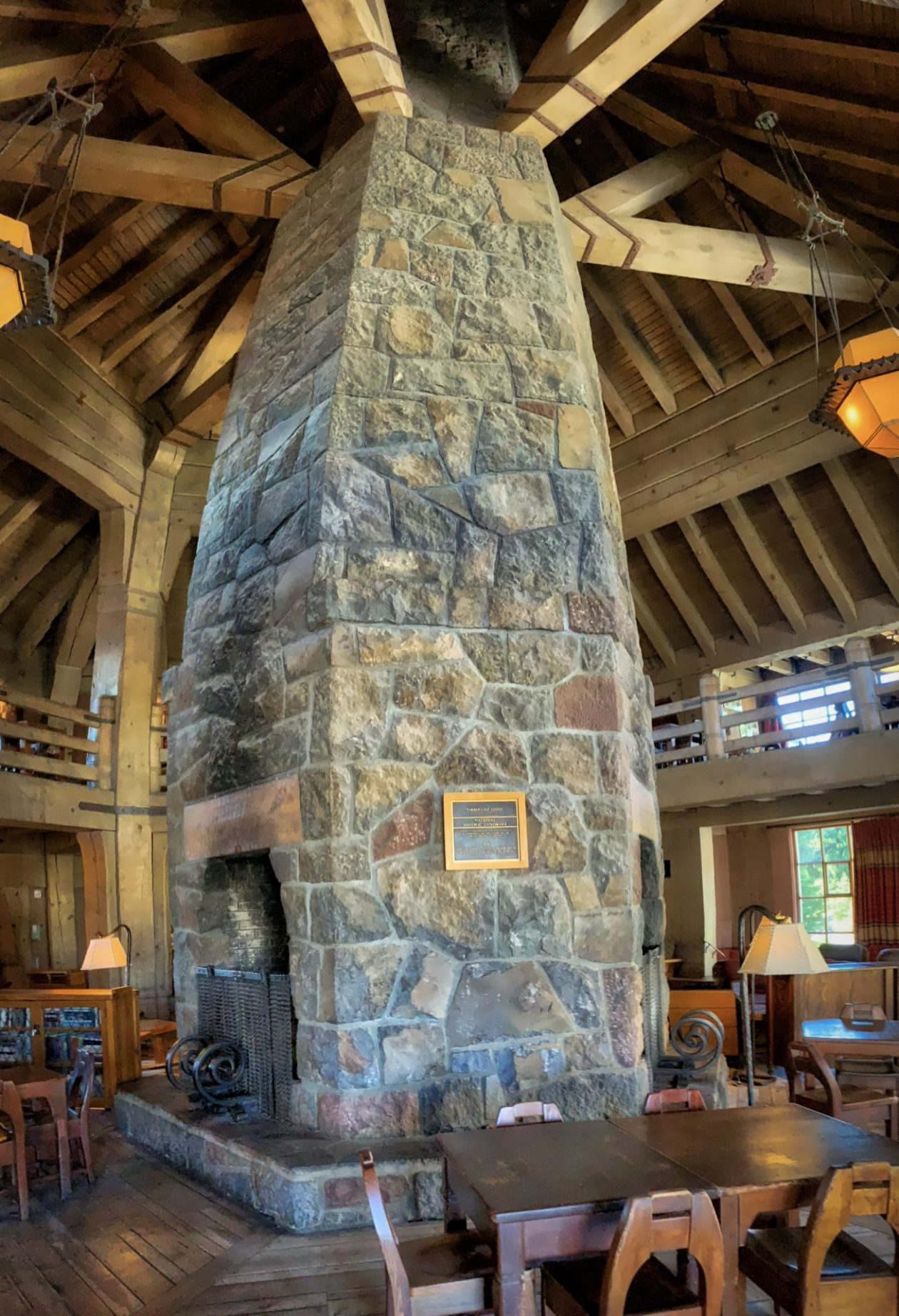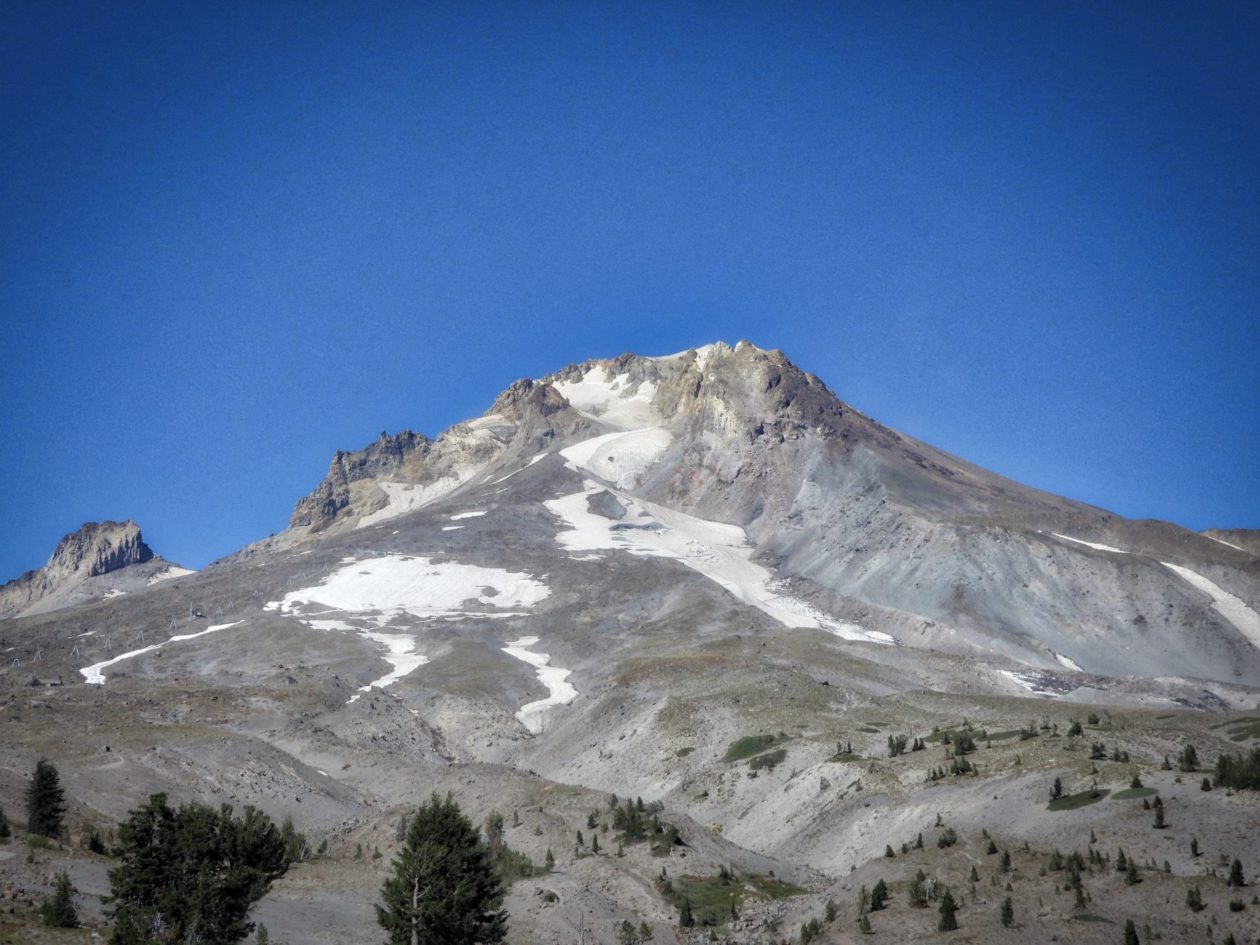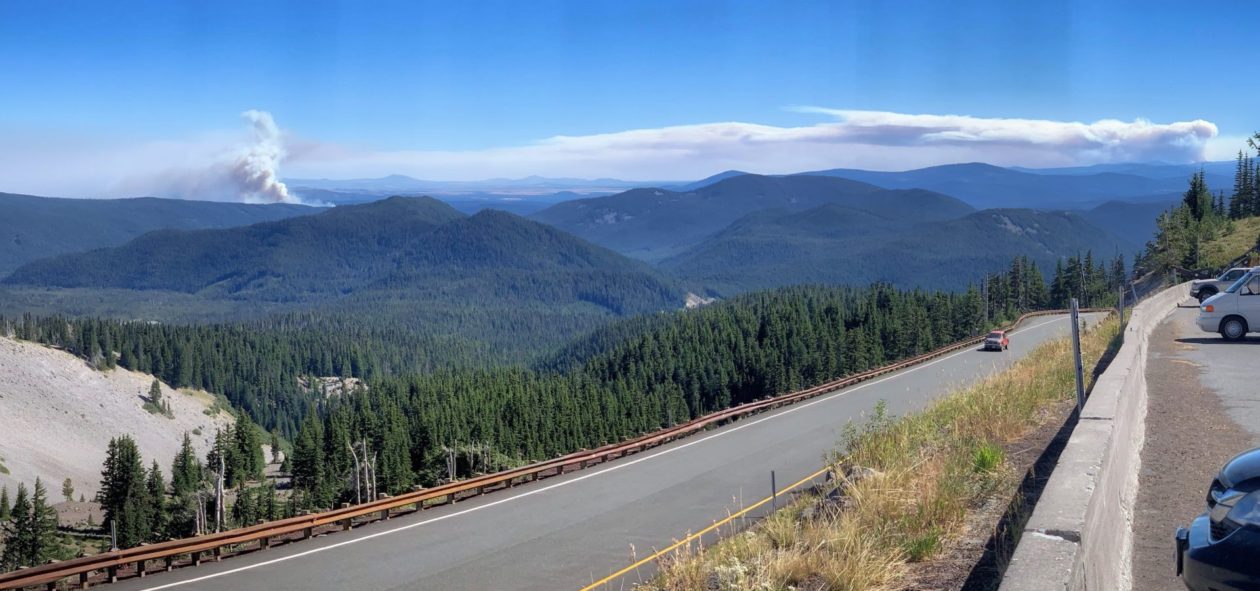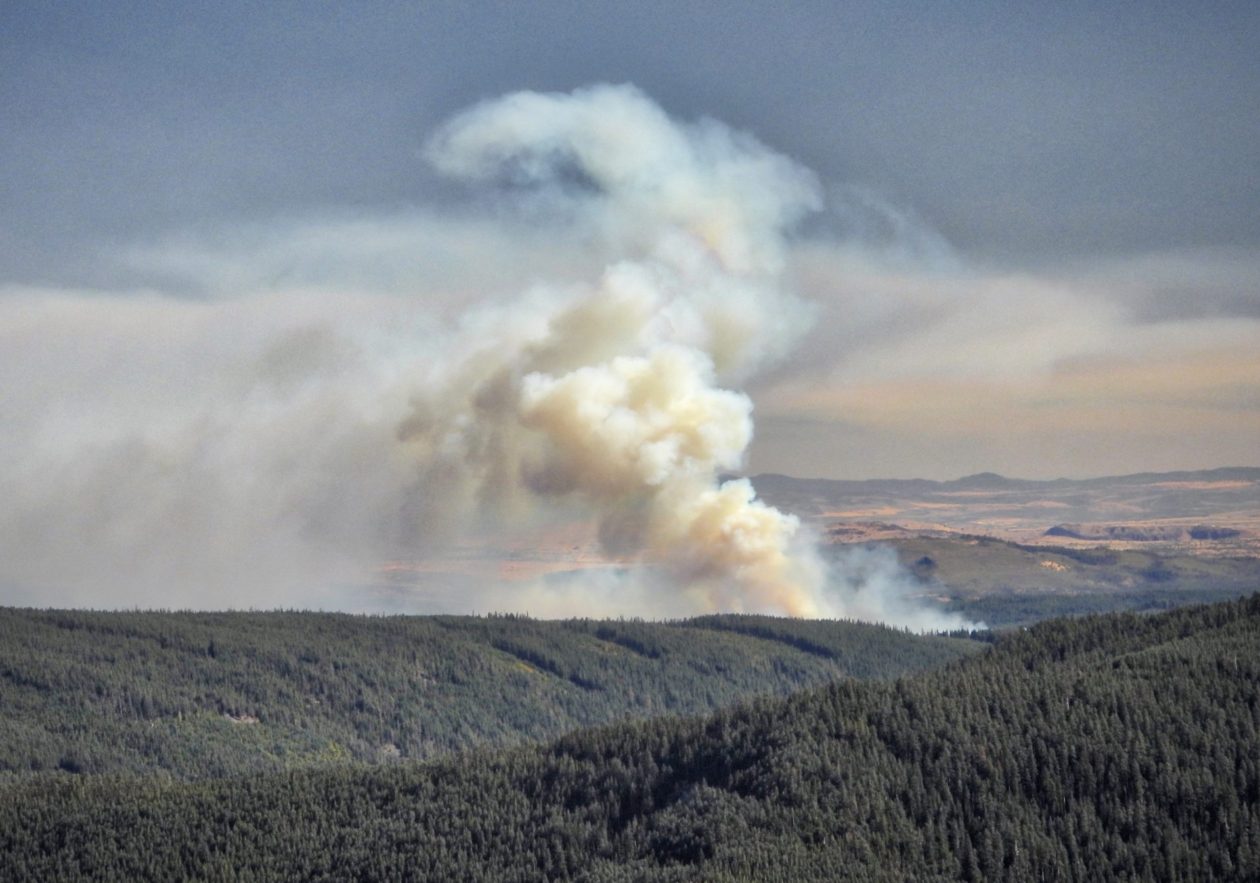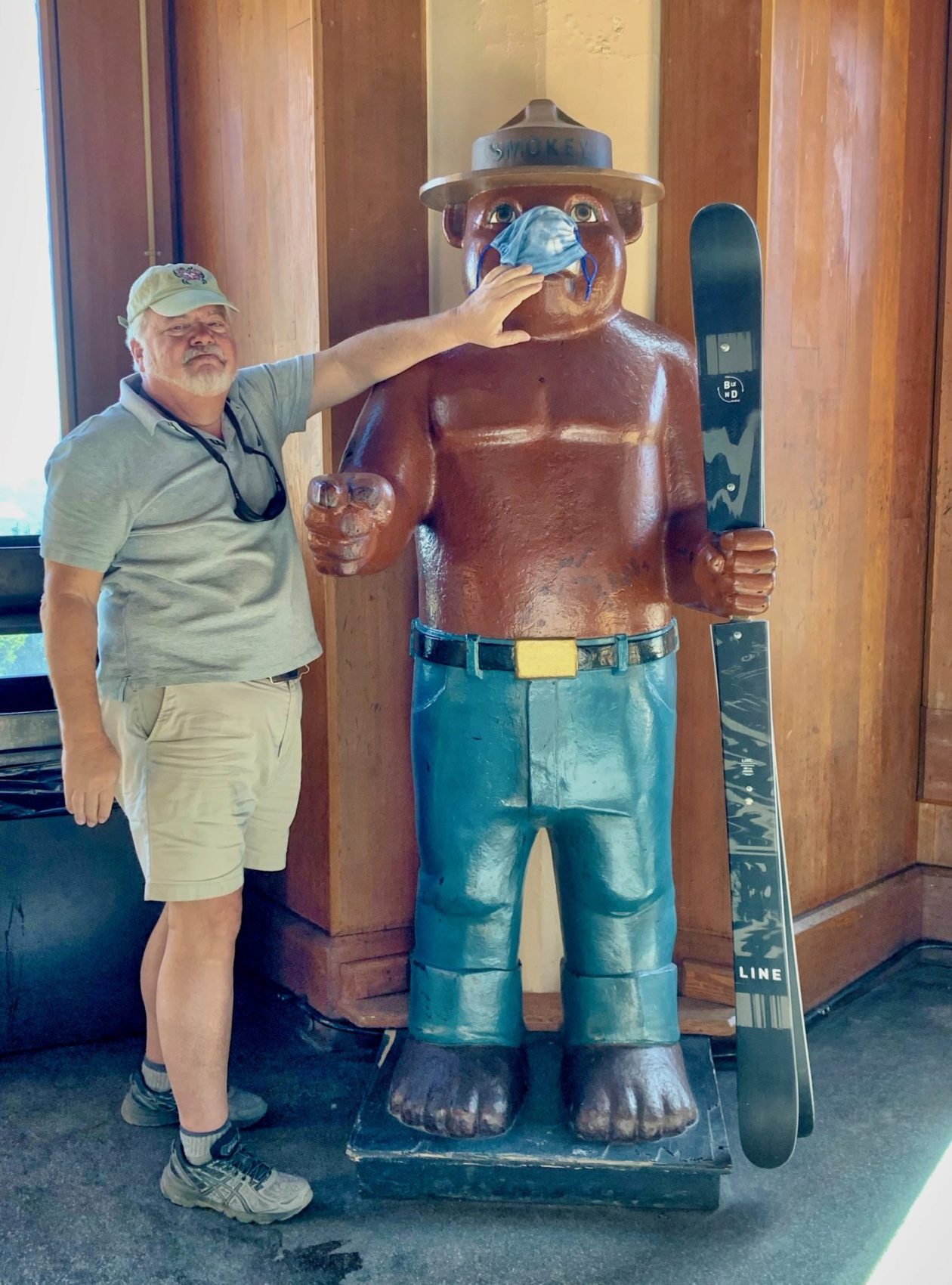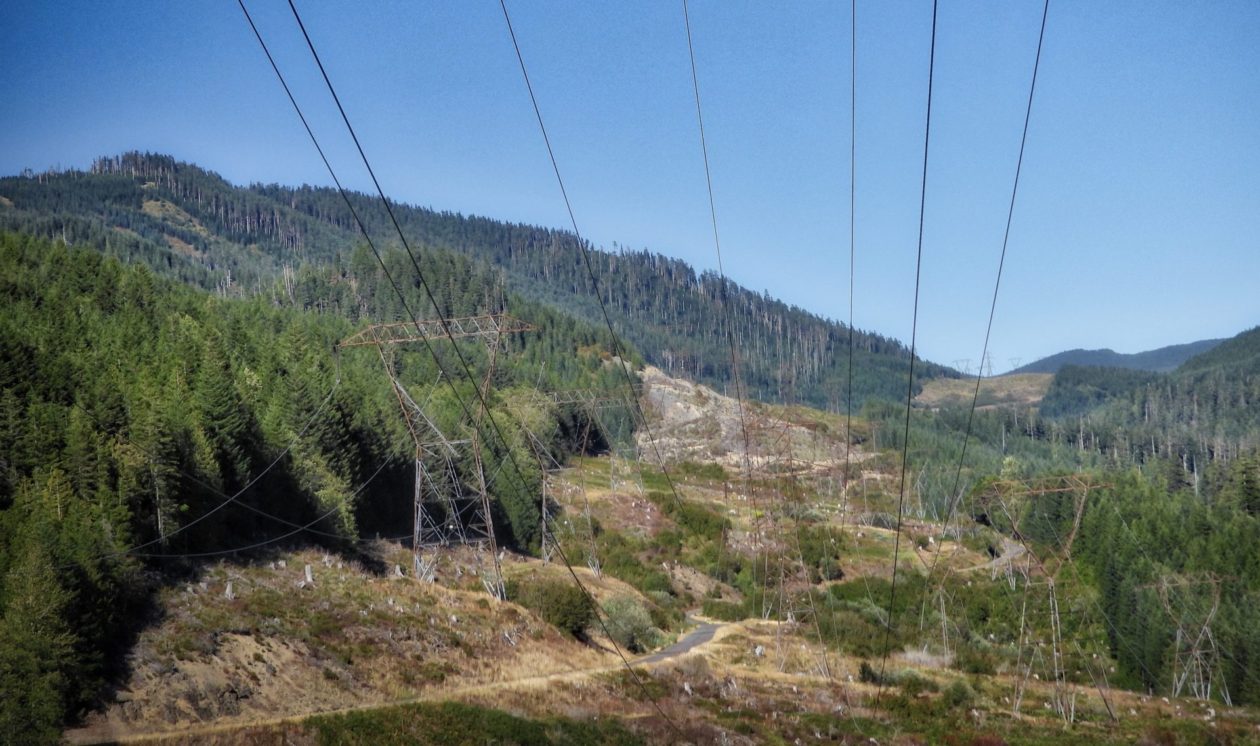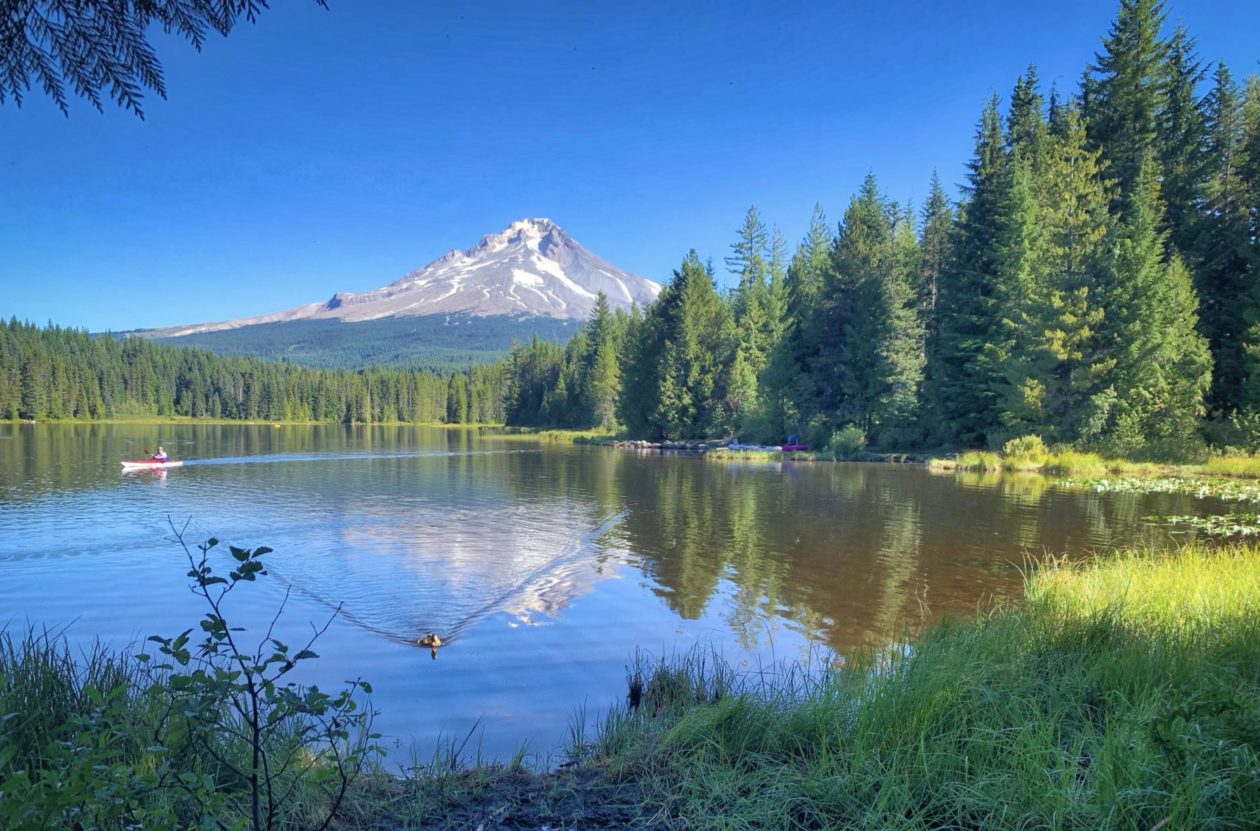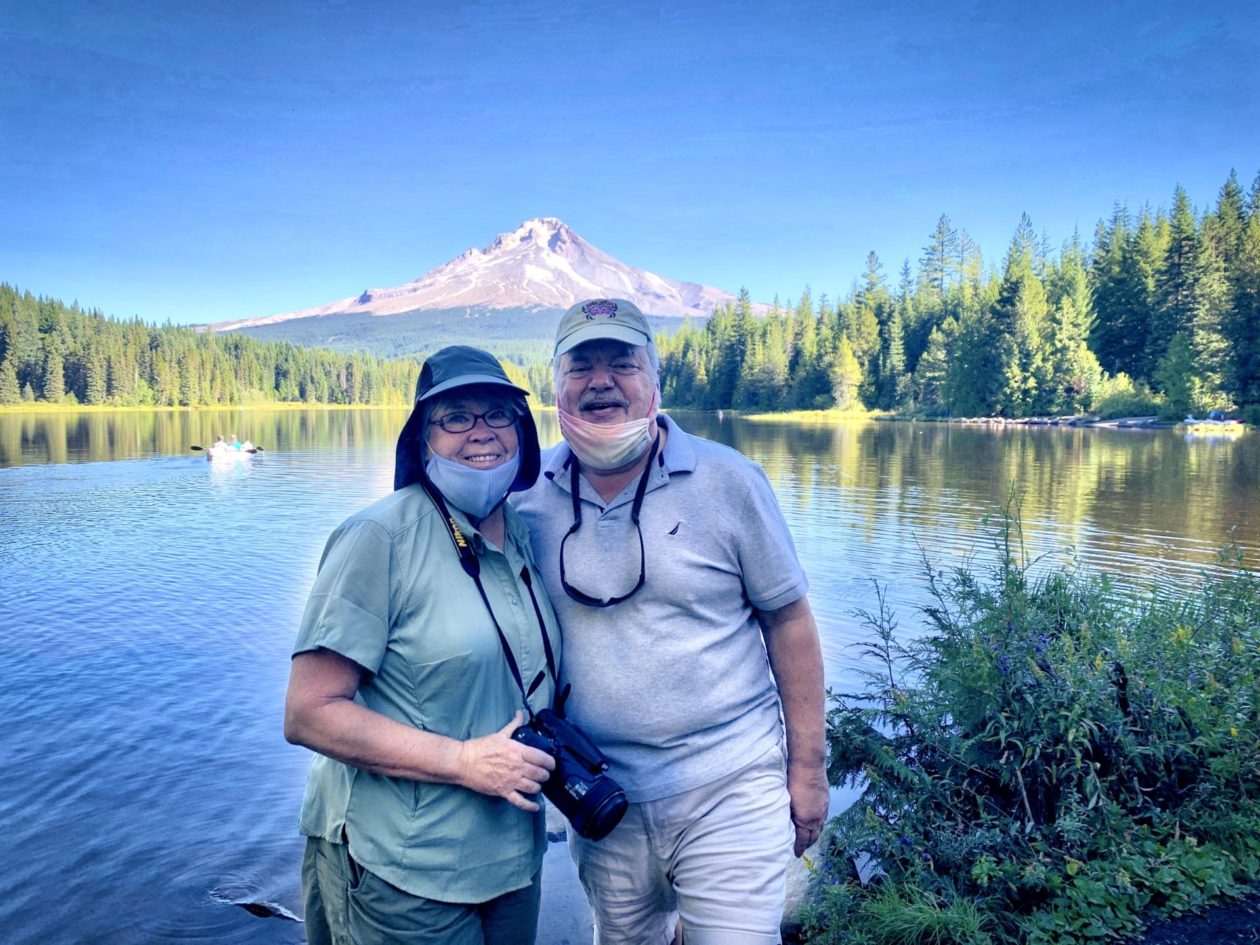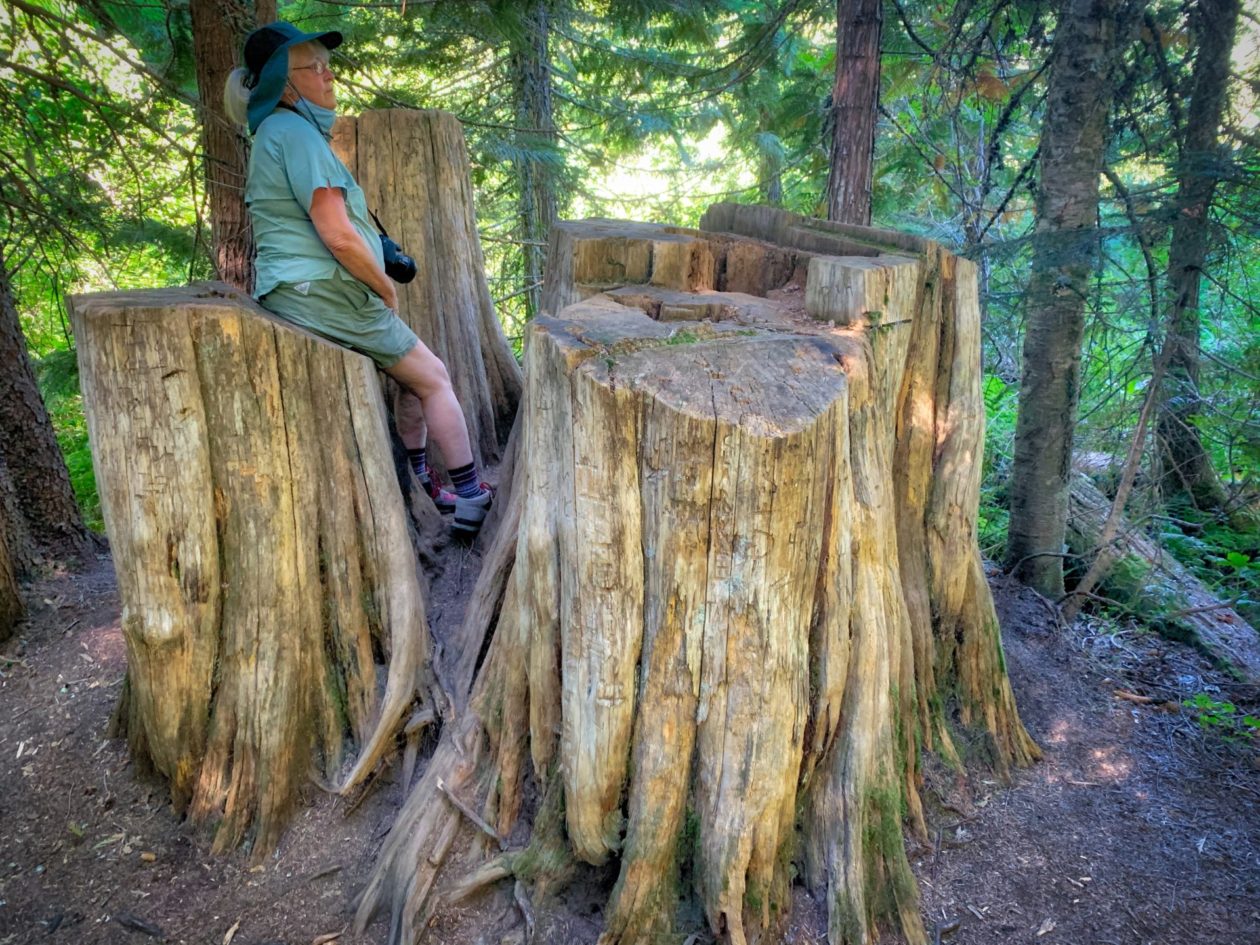- COVID and Fire Tour 2020 — Introduction
- A quick stop at Mt. Rainier
- A short visit to Mt. Hood
- An interesting (and largely eventful) time at Newberry National Volcanic Monument
- Lava Beds National Monument
- Fire Evasion!
- Avoiding Vegas — and loving it!
- Kickin’ Route 66 and the Grand Canyon
- Migration — Communities that share the land on their way to somewhere (like us!)
- Red Rockin’ Utah’s (and a little of Arizona’s) National Parks and Monuments
- The journey home and final thoughts
We started our trip to Mt. Hood with a detour to get the truck’s air conditioner fixed. We were actually quite fortunate to find a small diesel mechanic shop who could do the work since most of the dealerships and big repair shops were booked out for at least a week. Nary a mask in sight in this shop though, and some interesting theories about the real impact of COVID-19. That being said, the guy did good work and got us on our way!
Mt. Hood is a year-round recreation spot and there is lots of natural beauty outside of Mt. Hood itself. We started out with a short hike up to Little Zig Zag Falls. On a warm day, this shaded walk through the forest next to a roaring stream was very welcome. It also turns out that this trail abutted the old Mt. Hood Highway Loop. Given its proximity to Portland, Mt. Hood always attracted tourism, initially in horse drawn wagons. But with the advent of the automobile, a new road was cut in and a whole series of roadhouses, inns, etc. sprung up, making this a destination for several days of enjoyment. When the modern Rt. 26 was built, the old highway loop faded away. Today you can see few signs as the roadbed has been overgrown. We were able to see one of the decorative guardrails at the hairpin turn by the Zig Zag Falls Trail.
From there, we drove into Government Camp, the center of activity and entertainment in the area. After walking around and buying some freshly picked (and very sweet) huckleberries, we went up to Timberline Lodge. The lodge itself was constructed as a Works Progress Administration (WPA) during the period 1936-1938 and was dedicated by President Franklin D. Roosevelt. When you look at the lodge (especially the interior), it seems vaguely reminiscent of some other national park lodges. That’s because they used Gilbert Stanley Underwood as architect, who had also done the Old Faithful Inn, the Ahwahnee Hotel, and the Grand Canyon Lodge. We are huge fans of Arts & Crafts design and the interior of the Lodge didn’t disappoint. What was interesting though, is that the design and work was done by local artisans who put their own styling on classical designs. As I understand it, this is called “vernacular architecture,” and in this case it is called “Rustic Cascadian Neo-Vernacular.” They can charge more for that type of a description! Of course, today this site is also used for skiing, snowboarding, and mountain biking. Anyway, we really enjoyed walking through the lodge and grounds, with beautiful views of Mt. Hood and the surrounding area. And some of those views showed the three active fires that are currently being fought in the region. Luckily, our path should help us steer clear of them.
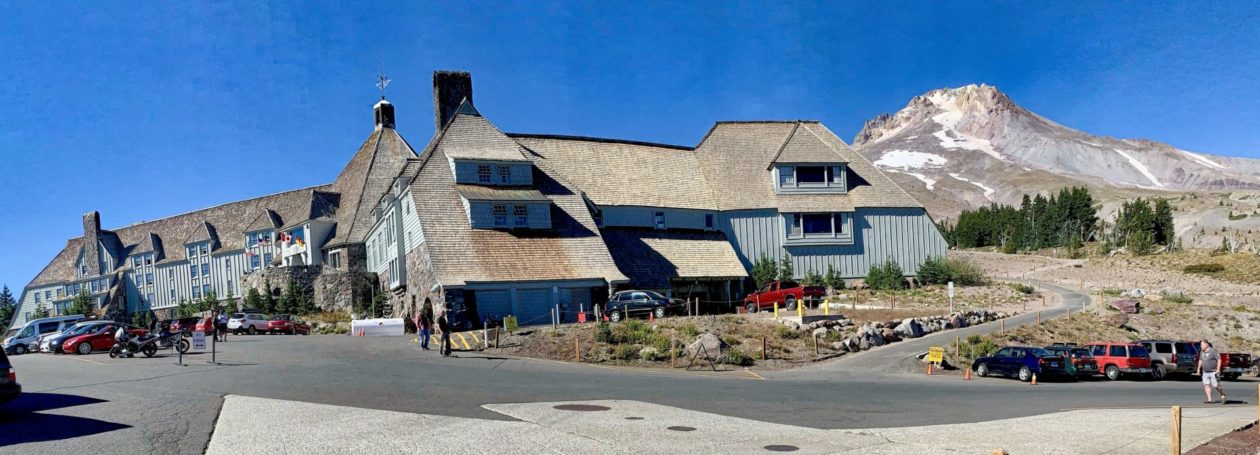
Our biggest adventure of the day was trying to get to our Forest Service campground. Apple Maps took us way off on this old logging road and as we got further and further out, the road got worse and worse, After around 10 miles, we came across the Road Closed sign at a turn we were supposed to take. Luckily we saw a couple of workers and asked if there way to get to the campground. They told me that I could go straight on the current road but, unfortunately, that too was closed a mile short of our destination. This meant finding another campground which turned out to be a failure. So, we ended up parking overnight in Sno Bunny Snow Park lot. Then we opened the camper to discover the granola explosion that had occurred during our bumpy trip along the logging road.
The next morning dawned brightly and we decided to take a little extra time to hike the Lake Trail at Trillium Lake. It’s probably the best hike around Mt. Hood because of the stunning views of the mountain that are reflected in the lake. The lake itself was manmade back in 1960, but it is hugely popular with campers, fisherman, and other waterspouts enthusiasts. It took a little extra time from our schedule, but it was a great way to end our visit.
